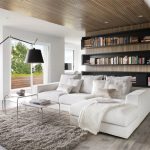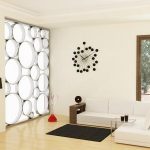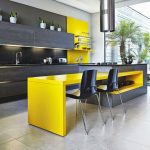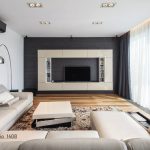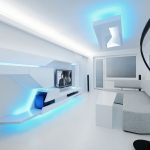Modern design has come a long way since its inception in the early 20th century. One of the most significant movements in the evolution of modern design is the Bauhaus school, which was founded in Germany in 1919. The Bauhaus school was known for its revolutionary approach to design, focusing on simplicity, functionality, and mass production.
The Bauhaus school, led by influential designers such as Walter Gropius, Ludwig Mies van der Rohe, and Marcel Breuer, sought to merge art and industry in order to create designs that were both aesthetically pleasing and practical. This approach to design had a profound impact on the modern design movement, inspiring designers around the world to embrace clean lines, geometric shapes, and industrial materials.
As modern design continued to evolve, new movements and styles emerged, each building upon the principles established by the Bauhaus school. In the mid-20th century, designers such as Charles and Ray Eames and Eero Saarinen introduced a new wave of modernism, known as Mid-Century Modern design. This style emphasized organic shapes, innovative materials, and a seamless blend of form and function.
In the late 20th and early 21st centuries, modern design continued to evolve, with designers pushing the boundaries of traditional aesthetics and materials. The rise of digital technology and sustainability concerns have also influenced the direction of modern design, leading to the development of new materials, techniques, and design concepts.
Today, modern design encompasses a wide range of styles and influences, from minimalist Scandinavian design to bold and colorful Postmodernism. Designers continue to push the boundaries of what is possible, experimenting with new forms, materials, and technologies to create innovative and thought-provoking designs.
The evolution of modern design from Bauhaus to today is a testament to the enduring influence of innovative thinking and creativity. By embracing the principles of simplicity, functionality, and creativity, designers have been able to create designs that are not only visually striking, but also practical and sustainable. As modern design continues to evolve, it will be exciting to see where the future of design takes us.
 decorafit.com Design ideas for your home and patio
decorafit.com Design ideas for your home and patio

